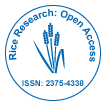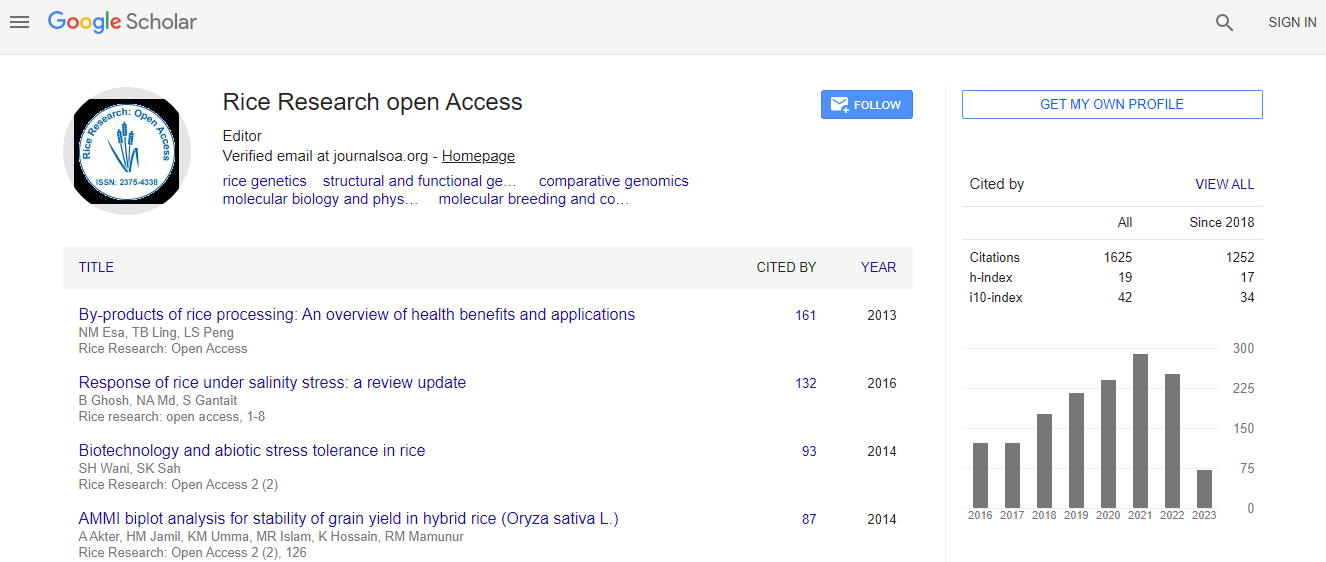A Short Note on Rice Breeding
*Corresponding Author: Dr. Joohyu Lee, Professor, Department of Applied Bioscience, Konkuk University, Republic of South Korea
Copyright: © 2021 . This is an open-access article distributed under the terms of the Creative Commons Attribution License, which permits unrestricted use, distribution, and reproduction in any medium, provided the original author and source are credited.
Abstract
Rice was initially domesticated in southern China and northeastern India-probably independently-about 8000 years past. Constant human choice for improved traits has changed domesticated rice varieties from their wild progenitors such a lot that domesticated rice will now not survive within the wild state. The easy acts of reaping and sowing, as an example, square measure selective[1]. Primitive humans might not have well-known it, however they started the primary rice breeding programs after they began to grow rice plants for his or her own use. Most primitive farmers have a keen eye and a sensitive feeling for plants. Legion rice farmers have applied this keen insight and sensitivity for thousands of years to pick out higher varieties[2]

 Spanish
Spanish  Chinese
Chinese  Russian
Russian  German
German  French
French  Japanese
Japanese  Portuguese
Portuguese  Hindi
Hindi 
